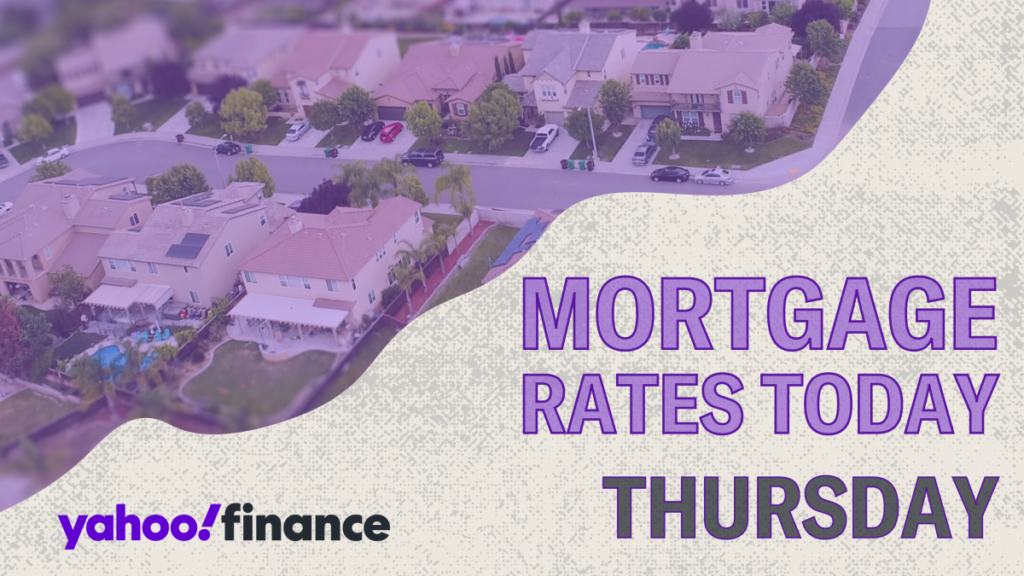Mortgage rates have been on the rise for several weeks, with the average 30-year fixed mortgage rate recently hitting 6.44%. This marks a noticeable increase of nine basis points since the previous day and represents the highest point since late July. Contrary to expectations that rates would decrease following the Federal Reserve’s cut to the federal funds rate at its September 18 meeting, mortgage rates have predominantly trended upward. This divergence can be attributed to the fact that while the federal funds rate influences various types of loans, mortgage rates are more closely aligned with the 10-year Treasury yield, which has also seen an uptick since mid-September. A decrease in the Treasury yield could potentially lead to a corresponding decline in mortgage rates.
As part of the current mortgage landscape, various types of loans are currently available at differing rates. According to Zillow data, the average rates for different mortgage products include a 30-year fixed rate at 6.44%, a 20-year fixed rate at 6.36%, and a 15-year fixed rate at 5.77%. For adjustable-rate mortgages (ARMs), the 5/1 ARM is at 6.79% and the 7/1 ARM at 6.84%. Meanwhile, VA loans follow similar trends, with rates hovering around 5.86% for 30-year VA loans, and FHA rates being more favorable for lower-income buyers, with a 30-year FHA rate at 5.43%. It is crucial to note that these figures reflect national averages and that individual rates can fluctuate based on a borrower’s credit score, loan type, and other factors.
When considering the implications of current mortgage rates, consumers can utilize tools such as Yahoo Finance’s free mortgage payment calculator. This resource allows prospective homebuyers and those looking to refinance to input their specific parameters, including insurance costs, property taxes, and potential HOA dues. Understanding how these factors fit into the larger picture is essential for gaining a clear view of anticipated monthly payments. The nature of mortgage interest rates—either fixed or adjustable—also plays a significant role in how consumers approach their financial decisions. Fixed-rate mortgages provide stability by locking in the same rate throughout the life of the loan, while adjustable-rate mortgages offer lower initial rates but may result in variable payments over time, depending on market trends.
Mortgage rates are influenced by both controllable and uncontrollable factors, reflecting the complexities of the lending environment. Borrowers can take proactive steps to secure lower rates by maintaining higher credit scores, reducing debt-to-income (DTI) ratios, and making larger down payments. Conversely, broader economic conditions significantly influence mortgage rates. For instance, in a struggling economy where employment rates are low, lenders might lower rates to spur borrowing activity. Conversely, a thriving economy might lead to increased rates to moderate spending and inflation. Moreover, borrowers should expect refinance rates to be somewhat higher than purchase rates, underscoring the importance of understanding the dynamics at play when navigating these financial decisions.
Two commonly favored mortgage options are the 30-year and 15-year fixed-rate mortgages, both offering long-term predictability regarding payments and interest rates. The 30-year mortgage is often more appealing due to lower monthly payments, making it easier for families to manage their monthly expenses. However, this option typically incurs a higher overall interest cost over its lifespan. Conversely, a 15-year mortgage, while resulting in higher monthly payments, benefits from lower interest rates and subsequently reduces the total interest paid over time. Essentially, the choice between these two options often hinges on whether the borrower prioritizes affordability in the short term or long-term savings on interest.
Lastly, in navigating the complex world of mortgage lending, borrowers must consider not only banks but also credit unions and specialized mortgage lending companies to find the best offers. Recent data from the 2023 Home Mortgage Disclosure Act (HMDA) identifies institutions like Citibank, Wells Fargo, and USAA as having some of the lowest median mortgage rates. While rates below 2.75% were once common, those days are largely over following significant hikes in the U.S. mortgage market, where the lowest-ever 30-year fixed mortgage rate recorded was 2.65% in January 2021. Experts generally suggest refinancing opportunities arise when prospective borrowers can secure rates at least 1% to 2% lower than their existing rates, contingent upon individual financial objectives and the break-even point after accounting for closing costs. Understanding these nuances is critical for borrowers aiming to make informed and strategic mortgage decisions in a fluctuating market.

